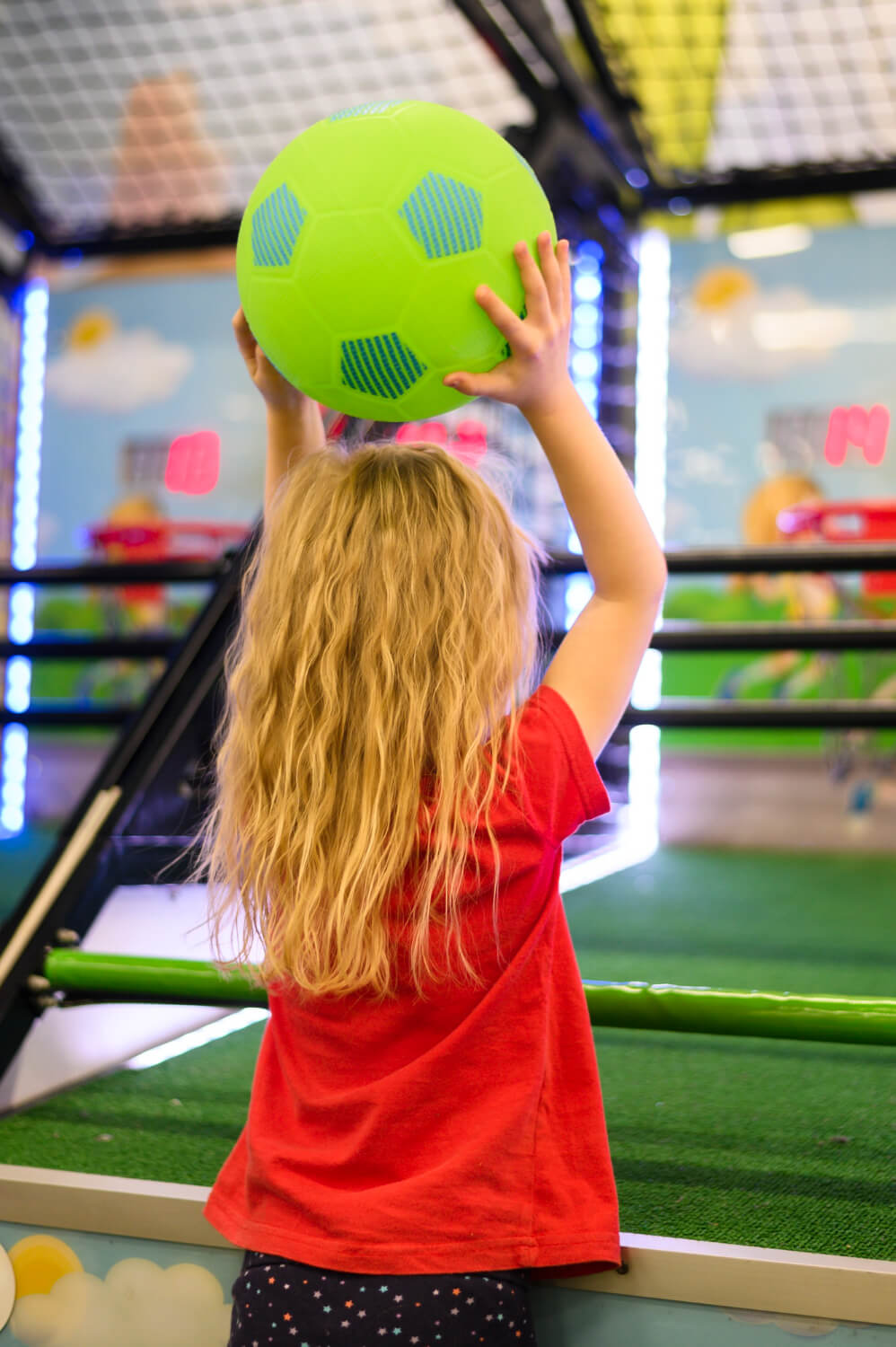Introduction:
With environmental awareness continually on the rise, businesses across various sectors must adapt to meet the increasing demand for sustainability and eco-friendly practices. Indoor playground operators, including soft play area owners, restaurant cafe owners, and shopping centre managers, can also embrace these principles to create environmentally-friendly play spaces without compromising on fun, safety or function. Adopting sustainable practices within your indoor playground not only reduces its environmental impact but also appeals to the eco-conscious sensibilities of guests and reflects positively on your venue’s reputation.
In this article, we’ll explore the key strategies for designing, building, and managing sustainable indoor playgrounds with a focus on environmentally-friendly design, materials, and efficient resource management. By partnering with industry-leading specialists like Afacanpark, you can ensure that your playground is built with a focus on sustainability and fosters responsibile ecological practices. Stay ahead of the curve and contribute to a greener future by prioritising environmental considerations within your indoor playground project.
1. Eco-Friendly Building Materials and Play Equipment
Selecting sustainable materials for the construction of your indoor playground is a crucial aspect of creating an environmentally-friendly space:
– Recyclable and Renewable Materials: Choose materials like aluminium, steel, and wood for structures, frames, and supports as these items are recyclable and sourced from renewable resources.
– Low-VOC Paint and Finishes: Opt for low-VOC paints, finishes, and adhesives to reduce indoor air pollution and minimise the use of harmful chemicals.
– Sustainable and Recyclable Fabrics: For soft play surfaces and upholstery, choose eco-friendly fabrics like organic cotton, hemp, and recycled polyesters, which have a lower environmental impact compared to synthetic alternatives.
2. Energy-Efficient Design and Technologies
Implementing energy-efficient design elements and technologies can significantly reduce your indoor playground’s ecological footprint:
– Natural Lighting: Utilise large windows, skylights, and strategic positioning to maximise natural light, reducing dependence on artificial lighting.
– LED Lighting: Transition to LED or energy-saving bulbs for artificial lighting, reducing energy consumption and costs.
– Energy-Efficient HVAC Systems: Install an efficient heating, ventilation, and air conditioning system to control indoor temperature and air quality while conserving energy.
3. Responsible Waste Management and Recycling
Adopting responsible waste management practices demonstrates your venue’s commitment to environmental responsibility:
– Recycling Bins: Place clearly-labelled recycling bins throughout the playground to encourage the separation and recycling of various waste.
– Composting: Implement a composting system for food waste generated by cafes or snack areas to reduce the volume of waste sent to landfill sites.
– Sustainable Suppliers: Collaborate with suppliers who seek to minimise waste during manufacturing, transportation, and packaging processes.
4. Environmental Certifications and Standards
Adhering to established environmental certifications and standards is a strong indicator of your venue’s commitment to sustainability:
– LEED Certification: Seek Leadership in Energy and Environmental Design (LEED) certification for your indoor playground, demonstrating adherence to a globally-recognised green building rating system.
– Green Seal: Consider using Green Seal-certified cleaning products within the facility, ensuring minimal environmental impact without sacrificing cleanliness and hygiene.
– FSC Certification: Aim to source Forest Stewardship Council (FSC) certified wood for construction, signifying responsible forest management practices.
Conclusion
Creating sustainable indoor playgrounds involves deliberate consideration of eco-friendly materials, energy-efficient design, responsible waste management, and adherence to established environmental certifications. By embracing these principles, you can provide a play environment that is both engaging and environmentally responsible.
Reach out to the expert team at Afacanpark to get an indoor playground equipment installed tailored to your venue’s unique requirements, all while contributing to a greener future for children and families in 2024 and beyond. Transform your indoor playground into an eco-friendly oasis by prioritising sustainability today.



